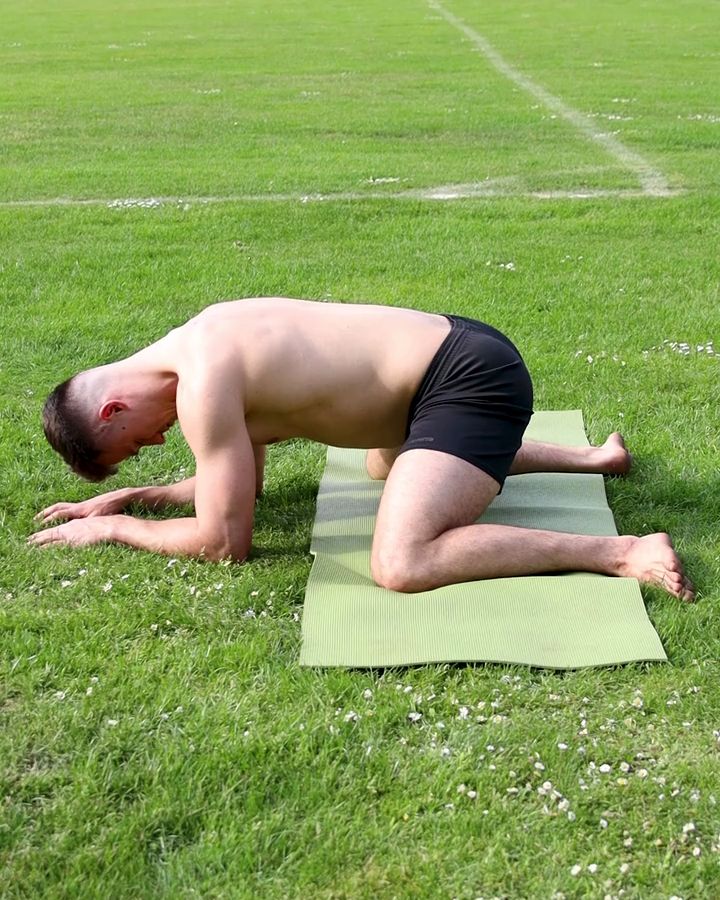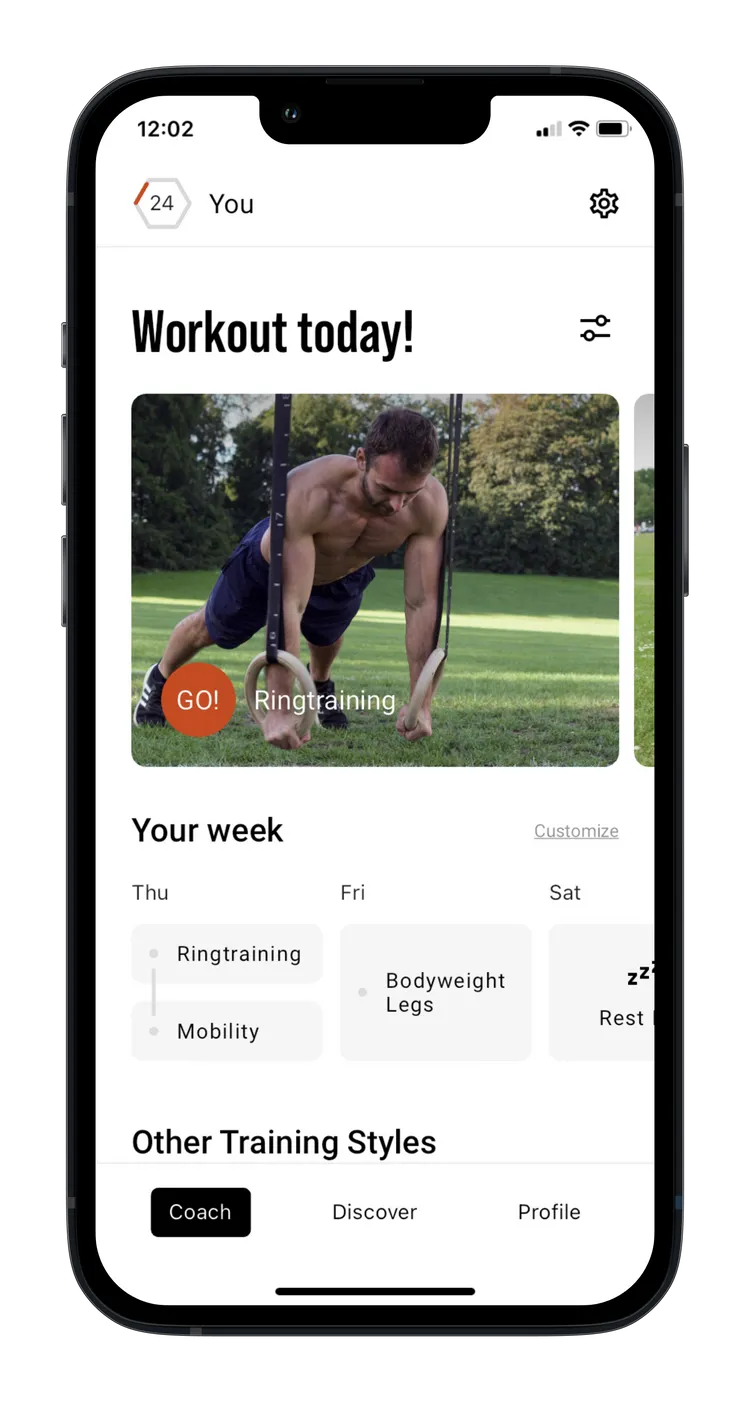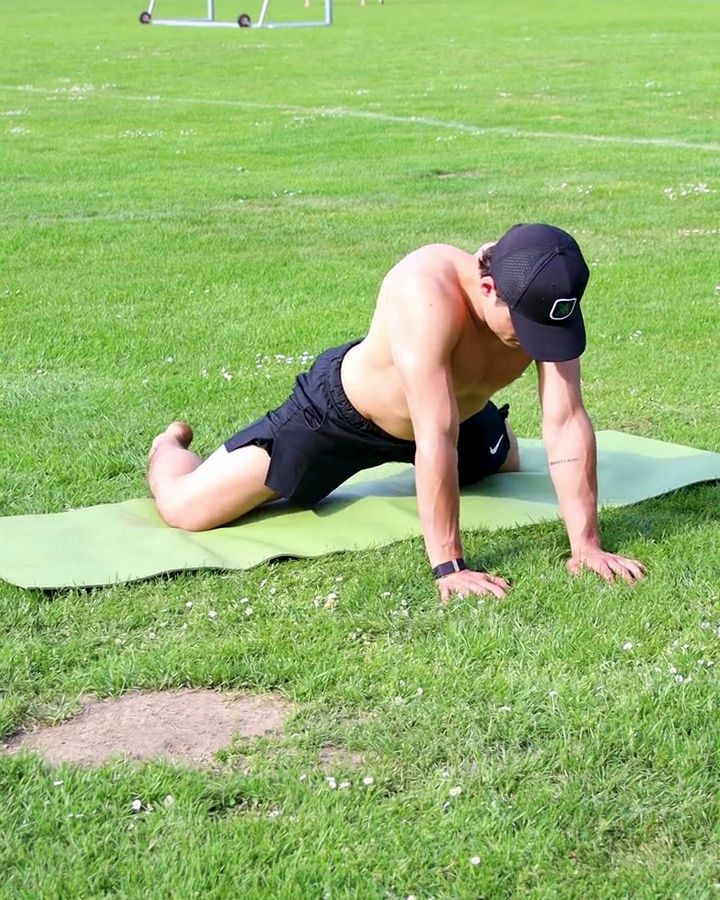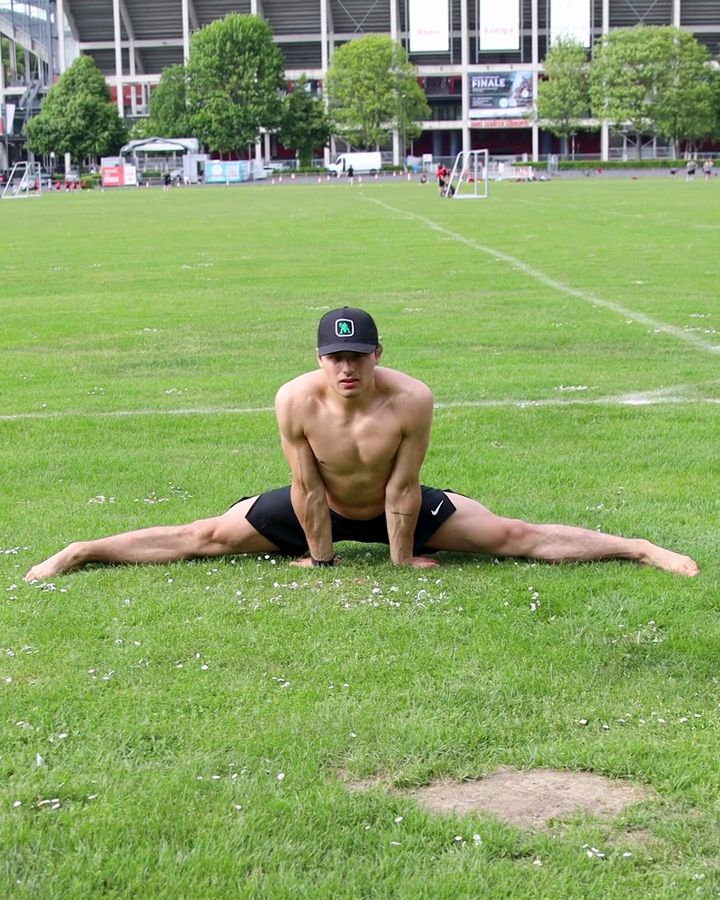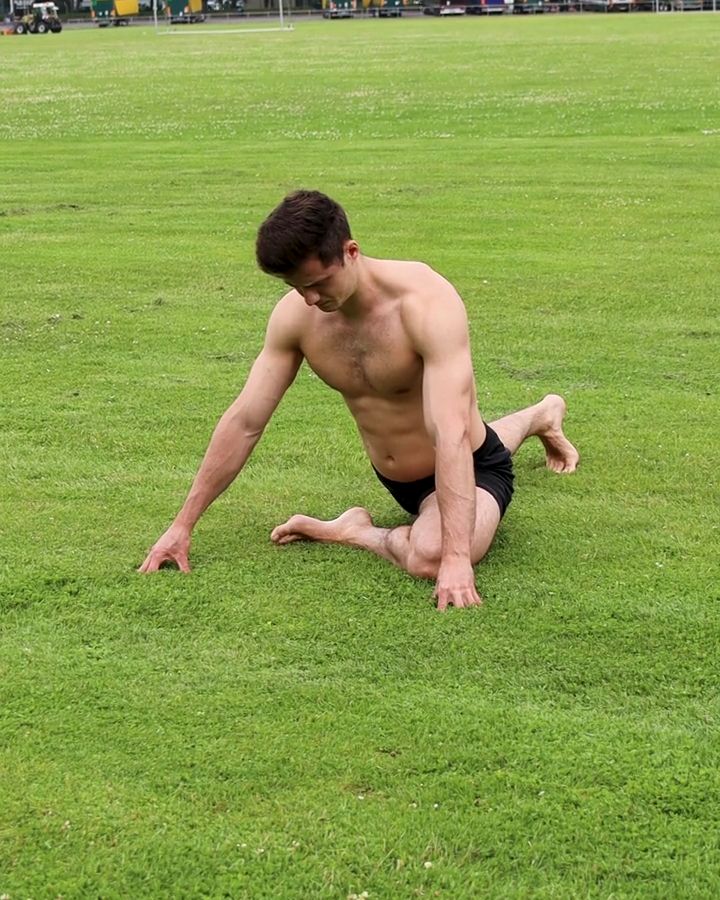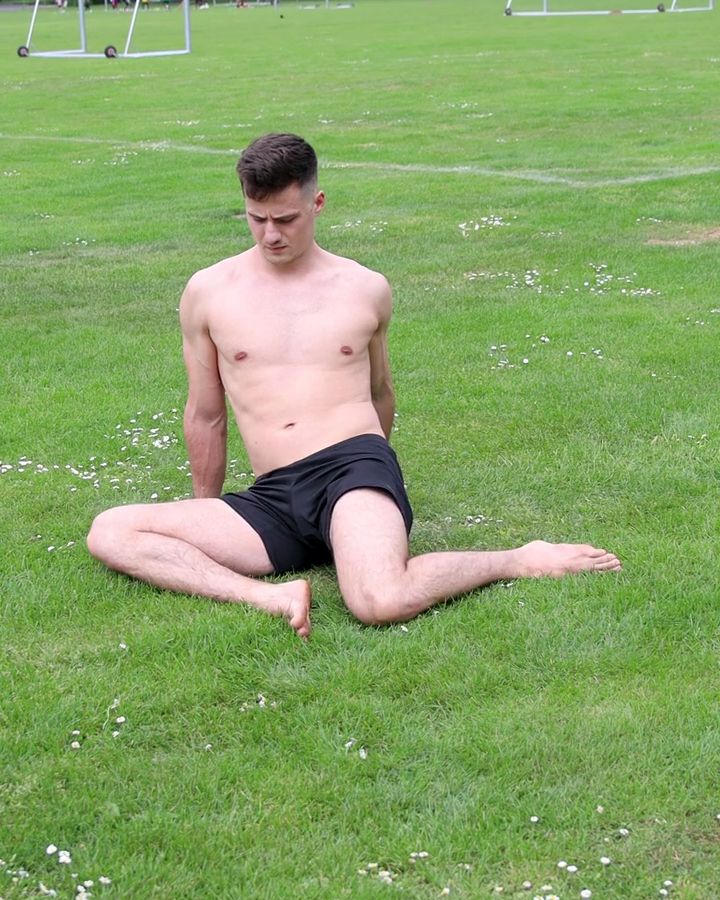Frog Pose
The Frog Position, also known as Frog Pose or Mandukasana in yoga, is an effective exercise that specifically stretches the hips and groin area. Often referred to as the frog stretch or frog sit, it is popular in both yoga and stretching routines. This pose offers numerous benefits, from improving digestion to relieving lower back tension.
To perform the frog position, kneel on the ground, spread your legs sideways, and lean your upper body forward. It’s an excellent way to promote hip flexibility and release tension.
A perfect complement to this exercise is the Pigeon Stretch. While the frog position stretches the inner hips, the pigeon stretch targets the opposing muscles and the outer hips. Together, these exercises provide a balanced and effective routine.
Necessary equipment
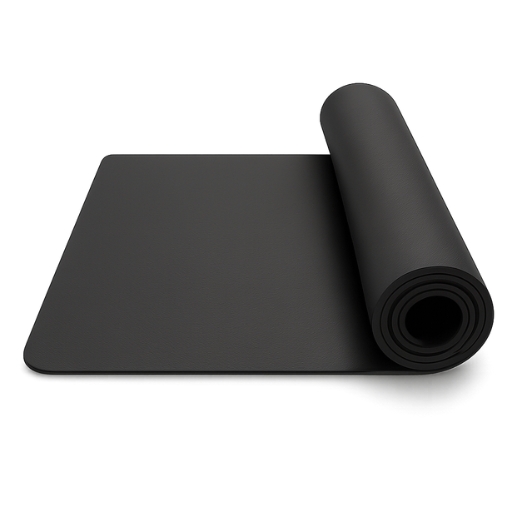
Frog Pose - the correct execution
- Lean on your forearms
- Spread your knees as far apart as you can
- Feet point outward
- Try to push your hips towards the floor
- Straighten your pelvis and push your lower back up (PPT)
The exercise Frog Pose Static is intended to be used as a mobility exercise.
Which muscles are trained by Frog Pose Static?




Primary trained muscles for Frog Pose Static
Adductors - The adductors are muscle groups in the thigh that help bring your legs together. They stabilize your pelvis while walking and standing and also assist in movements like crossing your legs.
Alternative variants of Frog Pose:
Frog Pose Dynamic
The dynamic variation of the frog exercise involves actively moving the upper body forward and backward. Unlike the static frog position, this dynamic version allows for more intensive mobilization of the hips and adductors.
This exercise is excellent as a preparation for more advanced movements like the splits, where increased hip flexibility is crucial. It not only improves mobility but also helps release tension and actively strengthens the hip muscles.
Necessary equipment

Frog Pose Dynamic - the correct execution
- Go into a maximum hip spread
- The spine stays long
- Keep tension in the glutes
- Move your hips back and forth
- Work in the maximum range of motion
Similar exercises to Frog Pose Static
Side Splits
The split, specifically the side split or middle splits, requires significant flexibility in the hips and adductors. In this position, both legs are spread sideways from the body. The side split is not only popular in dance and gymnastics but also offers benefits in calisthenics training, as it facilitates advanced skills like the Straddle Planche or the Press Handstand.
The side split is similar to the straddle position, also known as the Pancake. However, in the Pancake, there is an added focus on intensely stretching the hamstrings. Both exercises complement each other well to improve flexibility and mobility.
Pigeon Pose
The Yoga Pigeon Pose (Eka Pada Rajakapotasana), also known as Pigeon Pose or Pigeon Stretch, is a hip-opening exercise that primarily targets the glutes, hip flexors, and lower back. It promotes flexibility and relaxation but can also be performed in advanced variations with deeper backbends or leg stretches. A key aspect of this pose is maintaining proper hip alignment to maximize its effects on the muscles and prevent injuries. This asana is excellent for mobilization and stretching, though mindfulness is essential, especially regarding the knees and lower back.
When performed with the correct technique, the Yoga Pigeon Pose can release tension, improve posture, and deepen your yoga practice. For a more active and intensive variation of the static pose, you can try Pigeon Good Mornings, which add a dynamic movement to further strengthen the muscles.
90 90 Stretch
This stretching exercise primarily targets your gluteal muscles and improves the mobility of your hips and knees. It is especially suitable for beginners in calisthenics and requires no additional equipment.
This could also be interesting
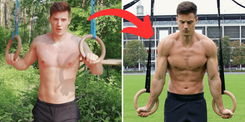
Calisthenics Body Transformation – How to Build a Strong, Lean, and Athletic Physique
Transform your body with Calisthenics! Build muscle, burn fat & achieve a shredded physique with bodyweight training. See real before & after results!
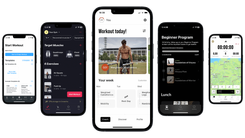
The Best Fitness Apps in 2025: Our Top 10 Recommendations
Don’t miss the best fitness apps of 2025: surprising favorites, free options, and perfect tools for your workouts. Find the ideal app today!
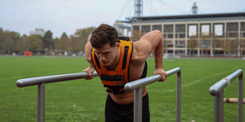
Complete Calisthenics Skills List – 40+ Exercises from Beginner to Pro
Which calisthenics skills should you learn first? And which ones will really help you progress? In this article, you’ll find a complete list of over 40 exercises – from the very basics to the toughest moves for professionals. Each exercise comes with instructions, so you can immediately integrate them into your training.
